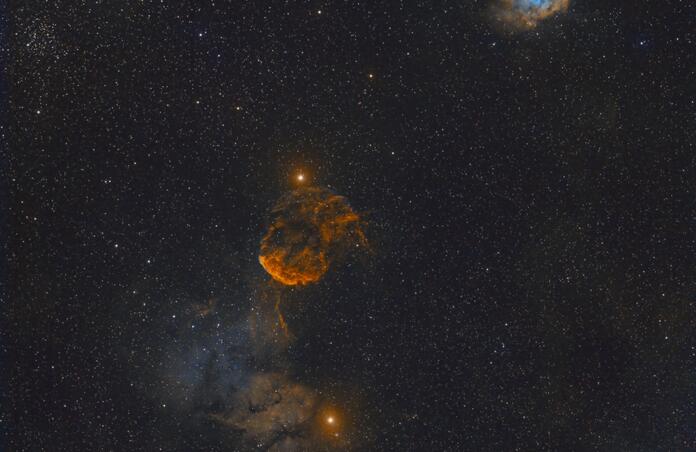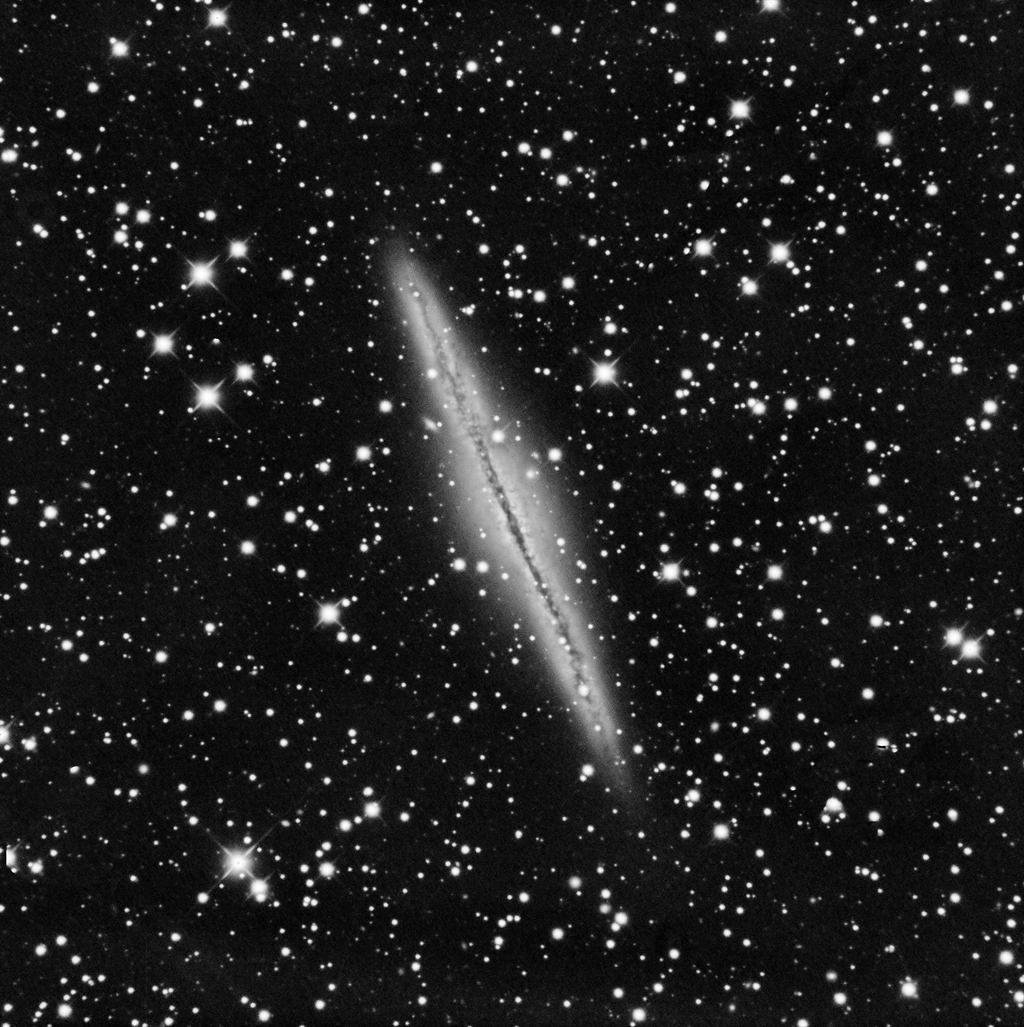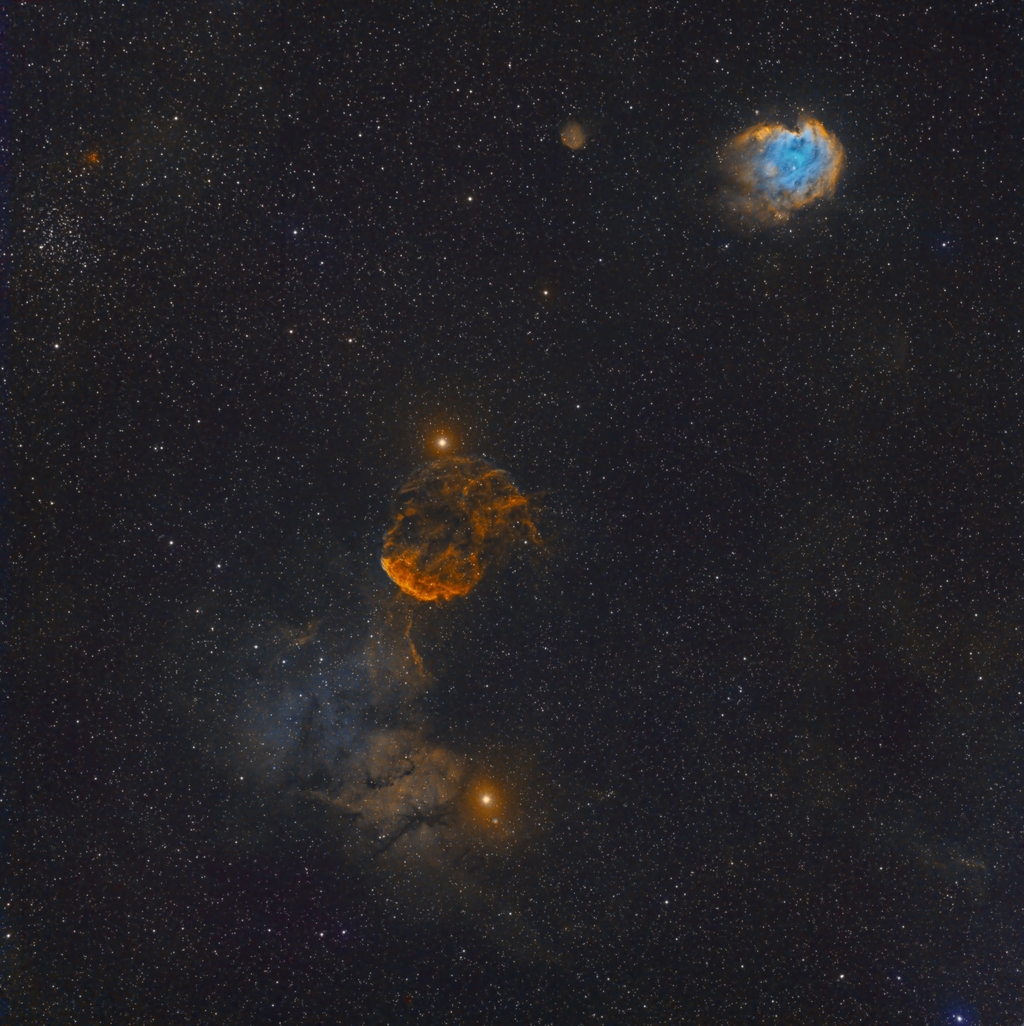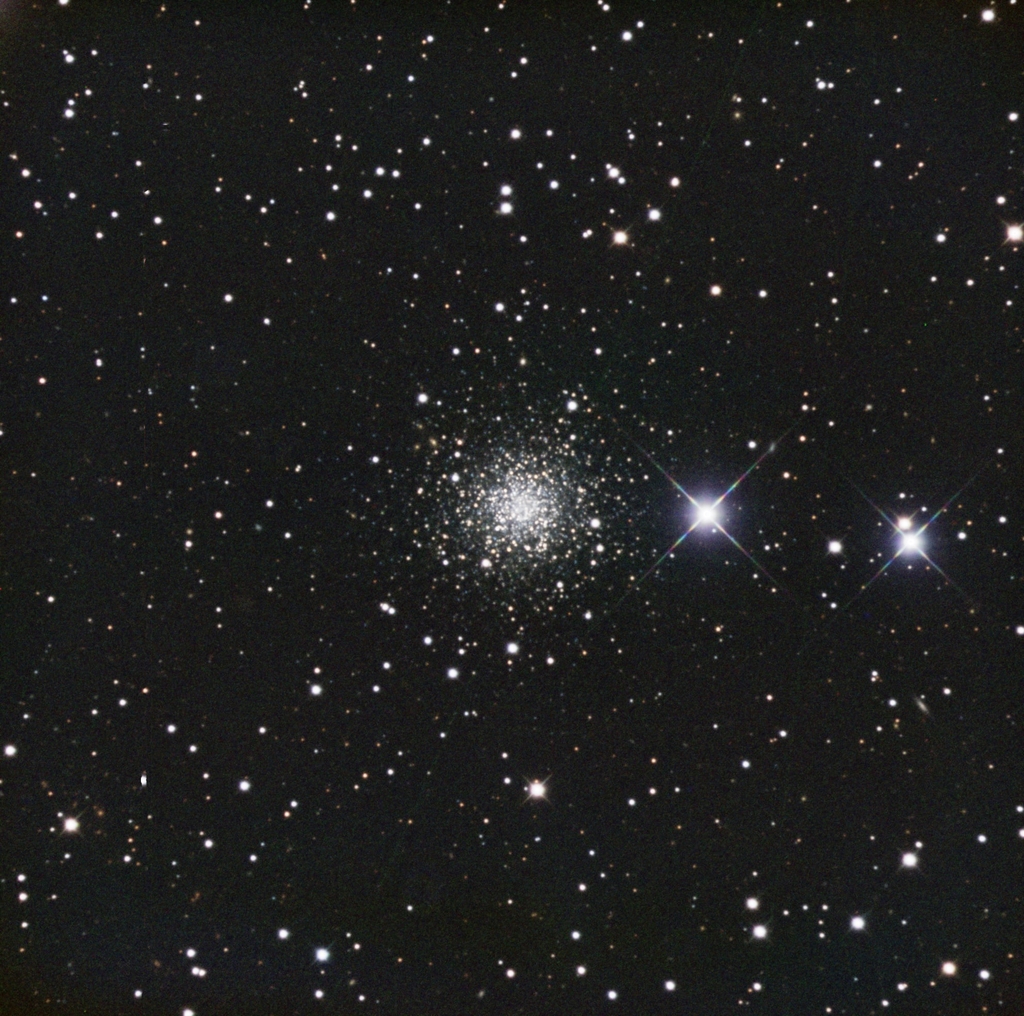Targets of opportunity from the northern hemisphere

Well, it’s December. While you're working on your main imaging projects for the winter season as I am doing now, there are a few targets of opportunity here in the northern hemisphere that I am looking at imaging that I thought I would share in case anyone is looking for some good challenges.
The first is NGC 891, the Outer Limits Galaxy in Andromeda. Our nearest neighbor, the Great Andromeda Galaxy gets all the attention in this constellation with our next nearest neighbor, M33 in Triangulum a solid second. This edge on spiral galaxy however, is very compelling and I’ve only done it in monochrome. It’s so named because it was used as a backdrop for the classic SciFi TV show, the Outer Limits. It’s magnitude 10, so you should be able to get good results from a dark skies site or use your next Advanced Request to get it. This object transits the meridian around 9 PM Pacific Time, so you could start work on it as soon as the night sky gets dark.

and I processed it in PixInsight
Next is the toughest target on this list; IC 443, the Jellyfish Nebula in Gemini. It’s located just inside the star Eta Geminorum at the bottom left foot of the Twins and transits the meridian around 1AM Pacific Time. This is a very difficult supernova remnant to get at magnitude 12; like the Veil Nebula complex, you’ll need an OIII filter to observe it visually. If you have a wide field, you could also get the emission nebula NGC 2174 just outside Orion. Getting this object with my equipment will be a huge challenge. The image I posted below is from a Pro Dataset done earlier this year.

The last target is NGC 2419 known as The Intergalactic Wanderer. Transiting the meridian around 2:30AM, this is a magnitude 10 globular cluster in the constellation Lynx. It is one of the most remote globulars in our galaxy and is around 300,000 light years away from us and twice as far out of the galaxy as the Large Magellanic Cloud. This globular takes 3 billion years to orbit the galaxy. It got this name when it was originally believed that this globular was not in orbit around the galaxy and moving on it’s own through intergalactic space.

Stay safe, have a lot of fun if you decide to go after these targets, get your neighbors to turn off their lights at night and convince them to join in the fun….
This blog post was originally published in our Telescope Live Community.
The Community represents Telescope Live's virtual living room, where people exchange ideas and questions around astrophotography and astronomy.
Join the conversation now to find out more about astrophotography and to improve your observation and post-processing skills!
